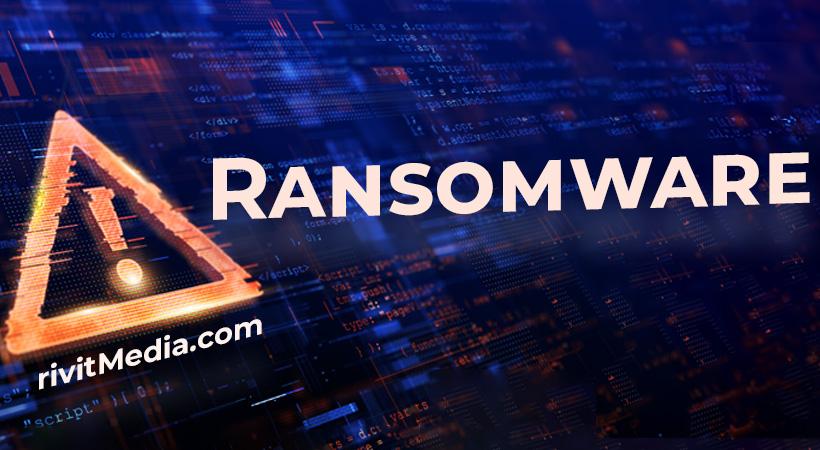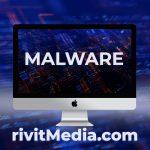Malware remains a persistent threat for individuals using modern-day technology. One such malware that has garnered attention is the Qltuh virus. This malicious software, like many others of its kind, poses a significant risk to the security and integrity of digital systems. In this article, we delve into the nature of the Qltuh virus, its actions, consequences, detection names, removal guide, and best practices for prevention.
Understanding the Qltuh Virus
The Qltuh virus belongs to the category of ransomware, a type of malware that encrypts files on the victim’s system and demands a ransom for their release. Once it infiltrates a computer or network, it swiftly encrypts files, rendering them inaccessible to the user. The perpetrators behind the Qltuh virus then demand payment in exchange for a decryption key, holding the victim’s data hostage until their demands are met.
Upon infection, the Qltuh virus encrypts a wide range of file types, including documents, images, videos, and more. This can result in severe disruptions to business operations, loss of sensitive data, and financial ramifications for affected individuals and organizations. Furthermore, failure to address the ransom demands may lead to permanent data loss, as the decryption key is typically the only means of recovering the encrypted files.
Detection Names and Similar Threats
The Qltuh virus may be detected by various antivirus and cybersecurity software under different names, including but not limited to:
- Qltuh Ransomware
- Trojan-Ransom.Win32.Qltuh
- Win32/Filecoder.Qltuh
Similar threats to the Qltuh virus include other ransomware variants such as WannaCry, Ryuk, and GandCrab, all of which employ similar tactics to extort victims for financial gain.
Qltuh: Removal Guide
Removing the Qltuh virus from an infected system is a complex process that requires careful attention to detail. Here is a comprehensive removal guide:
- Enter Safe Mode: Restart the infected computer and press F8 repeatedly during the boot process to access Safe Mode.
- Identify Malicious Processes: Open the Task Manager (Ctrl + Shift + Esc) and terminate any suspicious processes associated with the Qltuh virus.
- Delete Temporary Files: Use the Disk Cleanup utility to remove temporary files that may be harboring the malware.
- Scan and Remove Malware: Utilize reputable antivirus software to perform a thorough scan of the system and remove any detected instances of the Qltuh virus.
- Restore Encrypted Files: If backups are available, restore encrypted files from a clean backup source. Otherwise, consider using data recovery tools to recover as much data as possible.
Prevention Best Practices
Preventing future infections by the Qltuh virus and similar threats requires a proactive approach to cybersecurity. Here are some best practices:
- Keep software and operating systems up to date with the latest security patches.
- Exercise caution when downloading files or clicking on links from unknown sources.
- Regularly backup important data to an external source that is not connected to the internet.
- Implement robust cybersecurity measures, including firewalls, antivirus software, and intrusion detection systems.
- Educate users about the dangers of phishing emails and social engineering tactics used by cybercriminals.
By following these best practices, individuals and organizations can reduce their susceptibility to ransomware attacks like the Qltuh virus and mitigate the potential impact on their digital assets.





